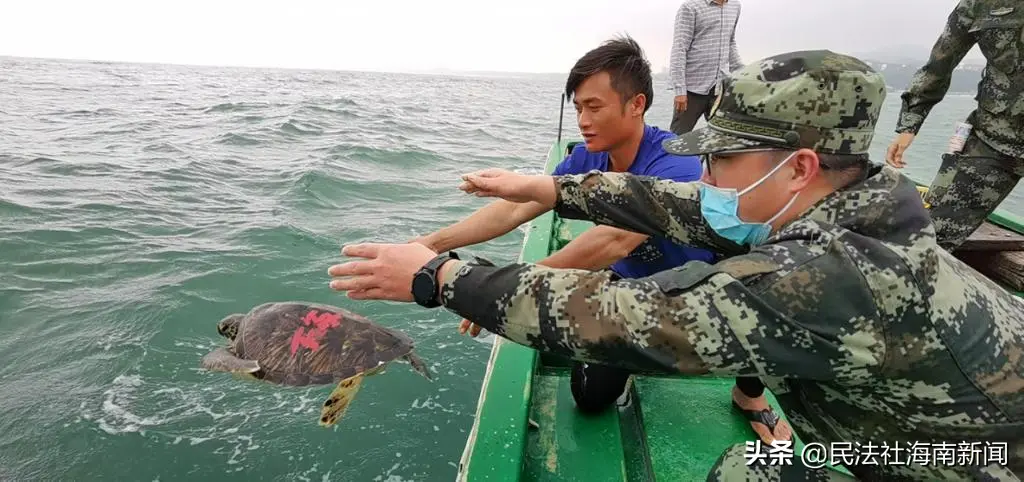渔民在出海前应该熟悉当日的气象情况,特别是是否存在大雾等恶劣天气。如果出海后遇到大雾,应该立即调整航向,缓慢增加船速,同时打开船上的航行灯和音响报警器,以提醒其他船只注意。渔民还应该保持冷静,不要盲目行驶,可以利用雷达、GPS等导航工具找到安全的航线。如果遇到紧急情况,渔民应该立即发出求救信号,并按照船上应急预案进行逃生。在逃生时,应该穿戴救生衣,携带必要的药品、食品和水等,尽量不要离开船只,等待救援人员的到来。
渔民出海遇到大雾如何逃生
渔民在出海前应该熟悉当日的气象情况,特别是是否存在大雾等恶劣天气。如果出海后遇到大雾,应该立即调整航向,缓慢增加船速,同时打开船上的航行灯和音响报警器,以提醒其他船只注意。渔民还应该保持冷静,不要盲目行驶,可以利用雷达、GPS等导航工具找到安全的航线。如果遇到紧急情况,渔民应该立即发出求救信号,并按照船上应急预案进行逃生。在逃生时,应该穿戴救生衣,携带必要的药品、食品和水等,尽量不要离开船只,等待救援人员的到来。
渔民是如何出海的英语
Fishing has been a way of life for many people all around the world for centuries. It is a challenging and sometimes dangerous profession, but it also offers rewards that are difficult to find elsewhere. For fishermen, setting sail from the s is a critical and necessary part of their job.
The process of setting sail for fishermen depends heavily on the type and size of the boat they are using. For smaller boats that go to sea for a few hours, the process is usually quite simple. The fishermen first make sure that the boat is in good working condition and check that all the necessary equipment and supplies are aboard. They then put on their life jackets and secure any loose items on the boat.
After that, the fishermen set up the sails or start the motor to move the boat away from the s. Once they are far enough from land, they start the fishing process by casting their nets or baiting their lines. They remain at sea for several hours, catching as many fish as possible before returning to the s.
For larger boats, the process of setting sail can be quite complex. These boats require a larger crew and more equipment, such as navigation systems, radar and sonar, and multiple nets and lines. The crew must work together closely to ensure the boat is prepared for the journey ahead.
Before setting sail, the crew checks that all the necessary equipment is in working condition and prepares the boat's engines for departure. They then secure any loose items on board and prepare the fishing nets and lines for deployment.
Once the boat is ready, the captain gives orders to start the engines and begin the journey. As the boat moves away from the s, the crew raises the sails and navigates the boat to the fishing grounds. Once they reach the designated area, the crew deploys the nets and lines and uses their expertise to catch as many fish as possible.
In conclusion, setting sail for fishermen is a crucial and intricate process that requires skill, experience, and teamwork. The safety and success of the fishing trip depend heavily on the preparation and coordination of the crew. Fishing is undoubtedly a challenging profession, but it also offers a unique and rewarding experience for those who pursue it.
如何跟渔民出海打鱼
1. 物资准备方面:出海打鱼需要一些必要的物资,如渔具、鱼饵、救生设备等。需要提前与渔民商量好在出海前谁来准备这些物资,以确保出海时不会遇到任何问题。
2. 安全方面:出海打鱼是一项高风险的活动,需要注意安全问题。建议在出海前仔细了解天气情况,避免遇到恶劣天气;同时要着重了解和学习一些海上求生技能和救援方法,以保证在紧急情况下能够应对。
3. 知识与技巧方面:打鱼需要一些技巧和经验,对于没有经验的人来说建议先跟渔民学习一些基本的打鱼技巧,如钓鱼技巧、如何使用渔具等。同时需要了解一些渔业规定,如哪些鱼类不能捕捞,捕捞量的限制等。这些知识可以有效减少不必要的损失和麻烦。
出海遇上大雾怎么办教案
教学目标:
1. 能够理解并掌握大雾对航海的影响。
2. 能够提高应对突况的应变能力。
3. 能够掌握求助及紧急通讯方法。
教学步骤:
第一步:引入
1. 出海遇上大雾,对于船舶来说是非常危险的。请同学们讨论一下,在大雾天气下,应该如何做才能保障船舶和乘客的安全2. 导入教学内容,告诉同学们本节课的学习目标:了解大雾对航海的影响,提高应对突况的应变能力,掌握求助及紧急通讯方法。
第二步:知识讲解
1. 介绍大雾对航海的影响。
2. 介绍应对大雾的方法,如开启雷达、提高警戒水平、采取防撞措施等。
3. 介绍求助及紧急通讯方法,如使用应急通讯设备、向海事部门求助等。
第三步:实践操作
1. 请同学们在课堂上进行大雾下航行的模拟操作,通过手动操作舵、调整船速等,体验大雾下航行的困难和挑战。
2. 请同学们模拟使用应急通讯设备、向海事部门求助等,让他们掌握求助及紧急通讯方法,提高应对突况的能力。
第四步:总结
1. 总结本节课的学习内容,回顾大雾对航海的影响、应对大雾的方法、求助及紧急通讯方法等。
2. 引导同学们思考,如何进一步提高应对突况的能力,以保障船舶和乘客的安全。
教学反思:
此教案的重点在于如何提高应对突况的能力。通过模拟操作和实际求助及紧急通讯方法,可以让学生更加深刻地认识到大雾对航海的影响,并掌握应对突况的方法和技能,为提高安全防范意识和应变能力打下坚实的基础。









评论列表 (0)